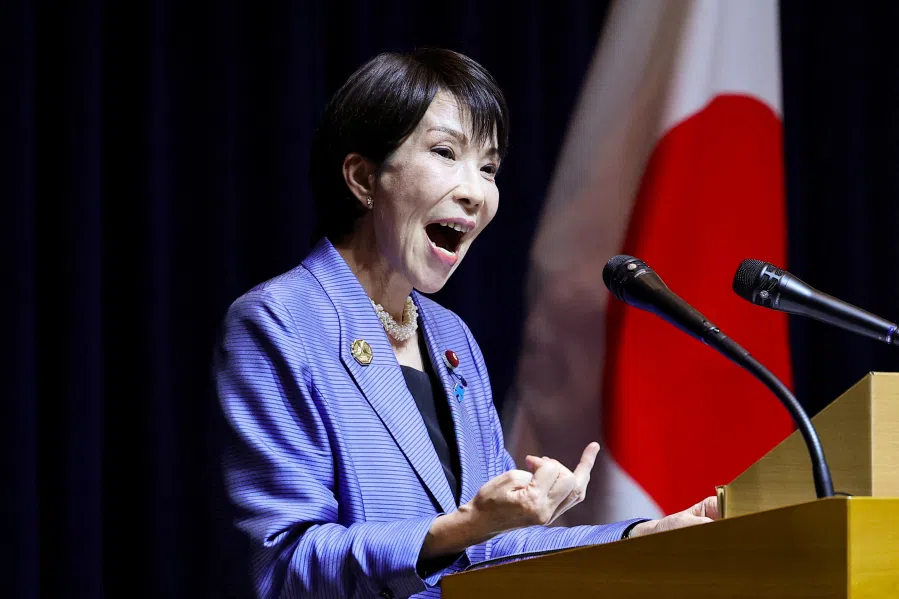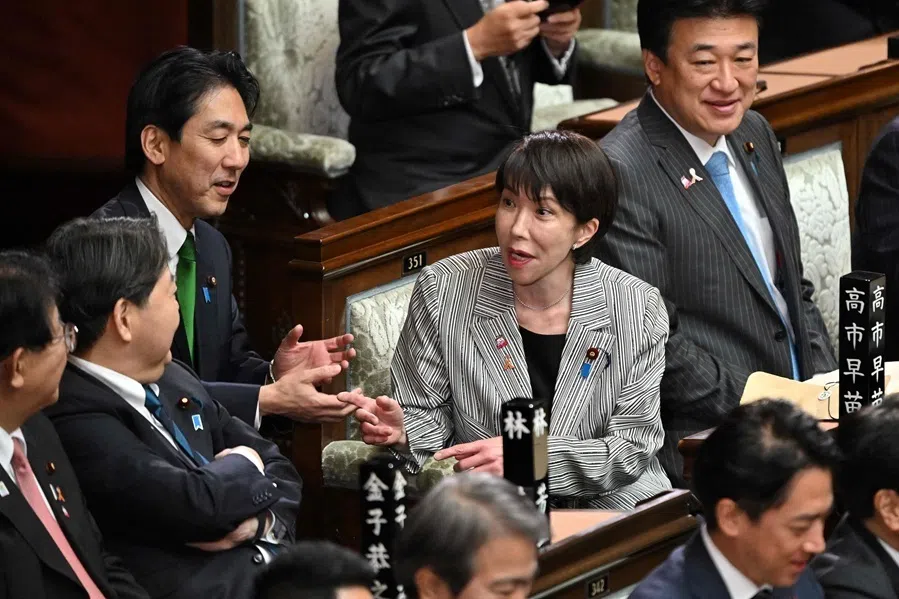AI’s curious divide: Telemarketing in China, elections in the US
China’s AI boom is revolutionising telemarketing with personalised pitches from AI celebrities. Meanwhile, similar AI is deployed in US election campaigns. Tech expert Yin Ruizhi explores this curious divergence in AI applications.
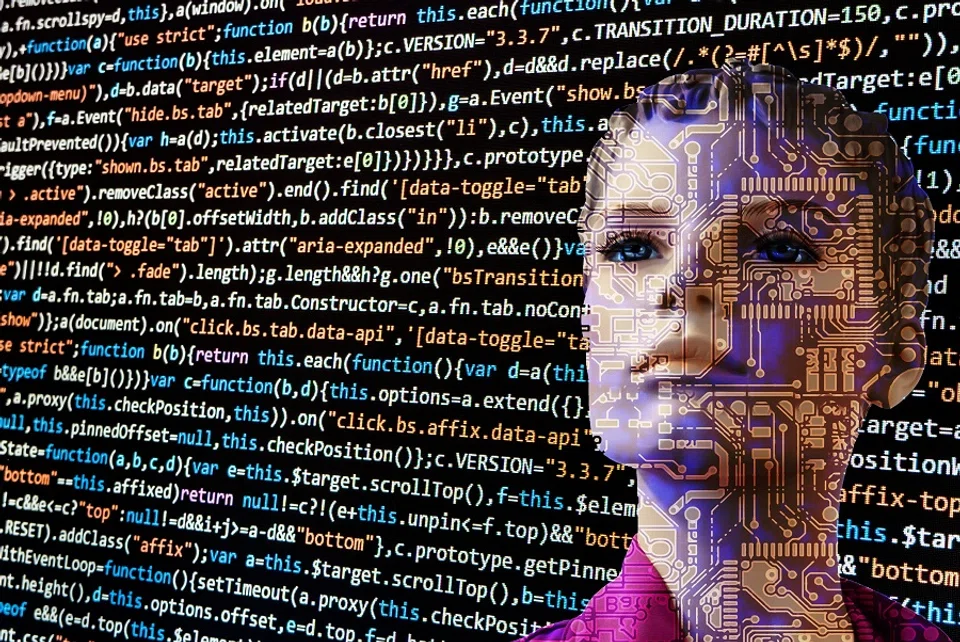
If there is an artificial intelligence large language model (AI LLM) application field where China is currently ahead of the US, AI-powered interactive video telemarketing would definitely be one of them.
Imagine receiving a 5G video call from your favourite celebrity enthusiastically talking about a product of your interest. Would you not be more open to chat with them? This is the technical foundation of a new type of telemarketing powered by the integration of 5G and AI LLMs.
Increase in effectiveness and sales conversion
Traditional telemarketing involves sales representatives promoting products or services to potential customers over the phone. While this approach has its advantages, such as direct communication with customers, relatively low costs, and the ability to quickly gather feedback, there are significant drawbacks.
First, customers are highly averse to unsolicited calls, which are then likely to be rejected and harm the company’s image. Second, the process is inefficient, with substantial time spent identifying leads rather than engaging with qualified prospects.
According to data from the recent Single’s Day sales event, businesses that piloted this technology saw more than a tenfold increase in both effective call answer rates and sales conversion rates.
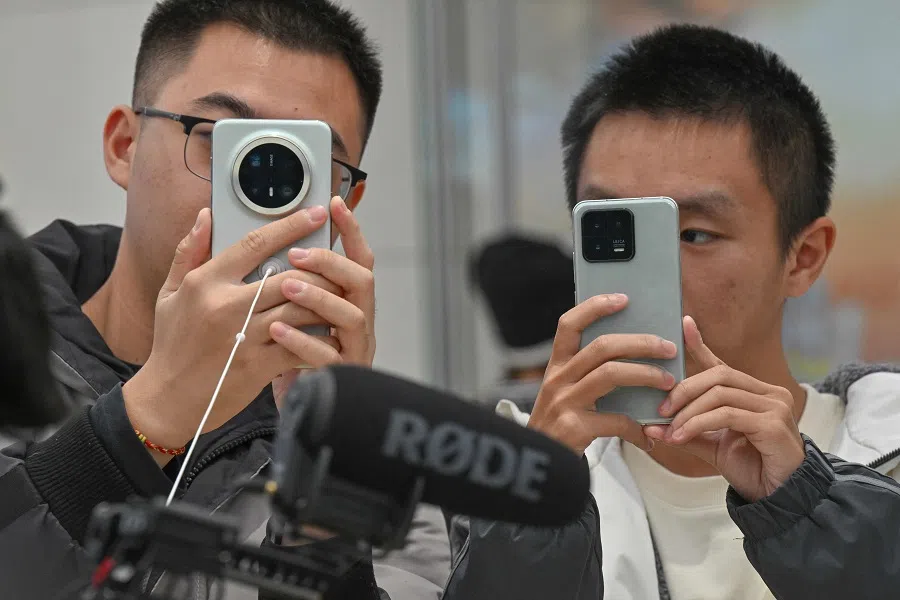
Third, poor targeting further reduces effectiveness, especially if the customer list is of low quality. Finally, not all employees may take the job seriously, and the data collected by telemarketers may be fabricated to meet performance checks.
The new telemarketing model primarily addresses the issue of customer aversion. By leveraging AI LLMs, it creates authorised AI versions of celebrities. When customers receive video calls from these AI celebrities, interaction rates significantly increase because these customers are fans, which leads to a jump in efficacy.
According to data from the recent Single’s Day sales event, businesses that piloted this technology saw more than a tenfold increase in both effective call answer rates and sales conversion rates.
In traditional telemarketing, high call volumes often drain the energy and enthusiasm of telemarketers, making it difficult to ensure high-quality, in-depth conversations with customers.
Always engaging AI chatbot
There are two key advantages to this. First, it can faithfully record in detail entire conversations and customers’ reactions to calls facilitated by AI telemarketing that lead to engaging and in-depth communication. This provides invaluable data for product market analysis.
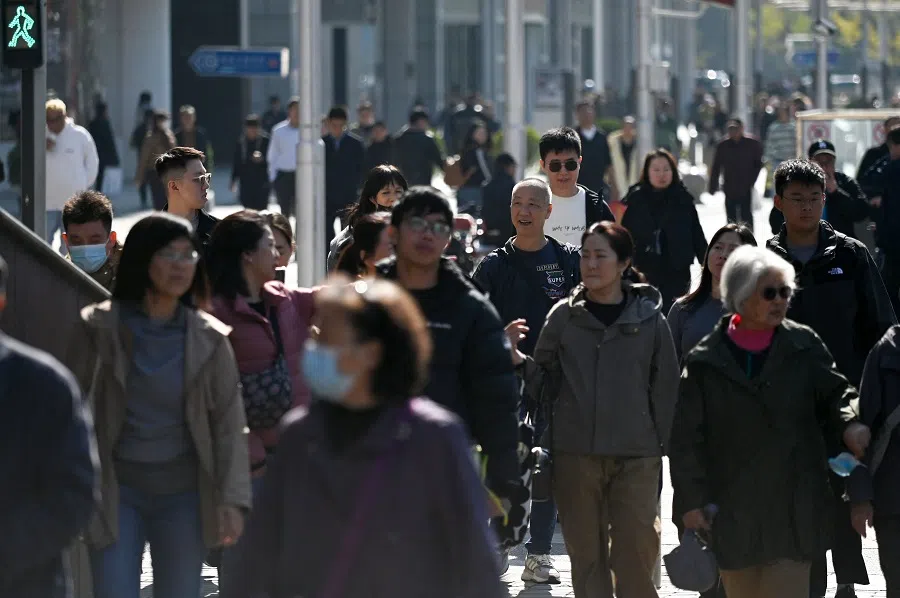
In traditional telemarketing, high call volumes often drain the energy and enthusiasm of telemarketers, making it difficult to ensure high-quality, in-depth conversations with customers.
Secondly, AI-driven tools can record conversations with specific customers, particularly when they express product concerns. If subsequent product iterations address these concerns, the AI celebrity can then conduct follow-up calls with those same customers, highlighting the improvements. This targeted approach could significantly enhance the effectiveness of sales and customer communication.
Traditional sentiment analysis methods can only provide a rough collation, but advanced AI can “read” all of this information without missing anything, and support analysts in coming up with more precise analyses and statistics.
AI use in US elections
One noteworthy question is why this innovation is happening first in China, rather than in the US, which is relatively more advanced in foundational AI LLMs. The same applications have a huge market in the US that does not exist in China — interaction with voters in political elections, such as presidential and representative elections. The US has prioritised developing AI for telephone applications aimed at engaging voters during elections, and these applications are fundamentally similar to AI-based telemarketing systems.
There are three main applications of AI in elections.
Voter sentiment analysis and targeting
AI plays a crucial role in elections. It can trace and dissect massive amounts of voter data by analysing public sentiment, social media activities, and demographic information, to create accurate voter profiles for candidates, who use this data-driven approach to lock on to their target groups and tailor their policies and campaign messages accordingly.
On a contentious issue such as immigration, millions of online comments can emerge within a short period. Traditional sentiment analysis methods can only provide a rough collation, but advanced AI can “read” all of this information without missing anything, and support analysts in coming up with more precise analyses and statistics. Such applications are fundamentally similar to AI applications in gathering user feedback on popular products, freeing the core operations team from depending on manual work.
Content generation and precision targeting
Producing and distributing content has always been a part of election campaigns, and AI has significantly streamlined this process. Traditional campaign materials, such as promotional videos, often require extensive filming, including appearances by key figures, which is inefficient. AI-assisted content generation has made this process highly efficient — once key talking points are identified, content can be created within minutes.
By leveraging online chatbots, candidates can interact with voters 24/7, addressing their questions while also collecting feedback.
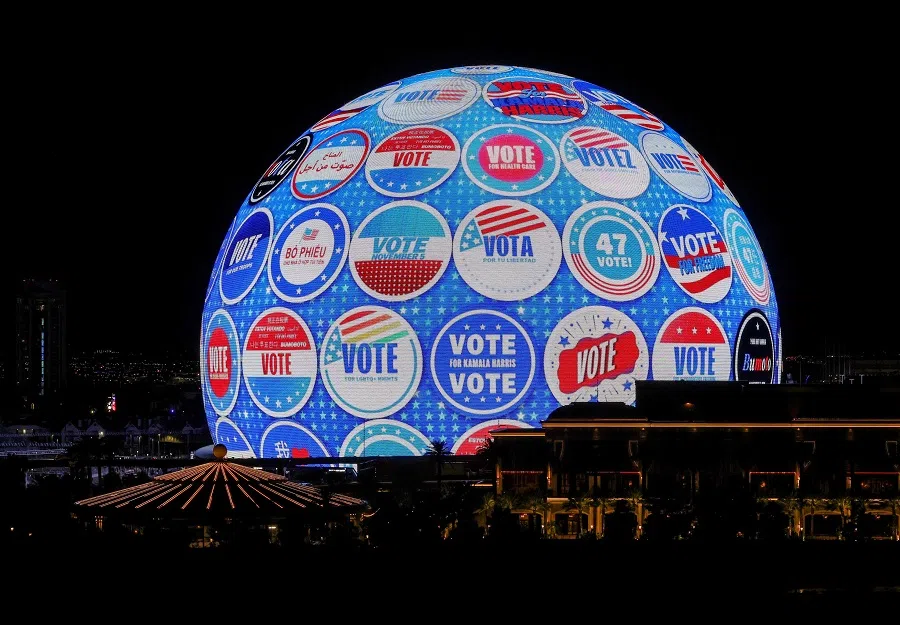
Campaign teams also use AI algorithms to improve advertising content, including the best timing and platforms for dissemination, meaning candidates can monitor ad performance in real time and make rapid adjustments to maximise impact. During elections, thousands of ads appear online at the same time, and amid this complex ocean of information, the importance of AI tools is obvious.
Such a model of rapid content generation is the same as AI-driven e-commerce marketing, where promotional videos or product introduction videos are swiftly produced based on customer needs, efficiently replacing traditional video production workflows.
Virtual assistants interacting with voters
AI assistants are also gradually becoming an important bridge for communication between candidates and voters. By leveraging online chatbots, candidates can interact with voters 24/7, addressing their questions while also collecting feedback. Such real-time communication boosts voters’ sense of involvement, improves voter satisfaction, and helps build trust between candidates and voters.
Combating deceptive use
The rapid proliferation of AI technologies has undoubtedly sparked significant controversy. In February 2024, 25 leading global tech giants, including Google, Microsoft, Meta, OpenAI, TikTok, and X, gathered in Munich to sign a Tech Accord to Combat Deceptive Use of AI in 2024 Elections.
When addressing the impact brought by AI information producers, tech giants tend to limit AI-generated content related to elections to reduce the influence of errors or misleading information. In contrast, when dealing with the impact of AI information distributors, tech giants favour methods such as labelling and moderating AI-generated content to help the general public discern the authenticity of information.
However, it should be noted that the commitments made by tech giants are essentially voluntary, which means the agreement is not binding, nor does it set any standards for measuring the progress of signatories in meeting its goals. While all parties have agreed to maintain transparent and open oversight, the agreement does not specify mechanisms requiring companies to report their progress, nor are there benchmarks for the public to track developments, resulting in a lack of transparency and accountability.
According to market estimates, this US election cycle saw a total expenditure of approximately US$15.9 billion. This market is clearly attractive enough...

Under the circumstances, major companies have yet to establish institutionalised mechanisms for public disclosure, and the progress and outcomes of combating harmful AI practices at various stages have not been disclosed in detail, so that such applications continue to develop in a relatively low-profile and secretive manner.
Attractive market
According to market estimates, this US election cycle saw a total expenditure of approximately US$15.9 billion. This market is clearly attractive enough, leading American teams to focus on election-related applications rather than e-commerce sectors.
In this US election, the Democratic team was the first to use AI to simulate phone conversations between Biden and voters, which sparked widespread controversy and was eventually banned. In fact, such applications are still widespread. One key campaign strategy for the Democrats in this election was tapping on many opinion leaders (for example, entertainment and sports celebrities, and opinion leaders in the LGBTQ community) to gain voters.
Most of these opinion leaders’ online “interactions” with voters involved AI, rather than the real people interacting. Generating these interactions is fundamentally the same as in AI phone marketing, just that some interactions happen on the phone, and others via online comments or chats.




